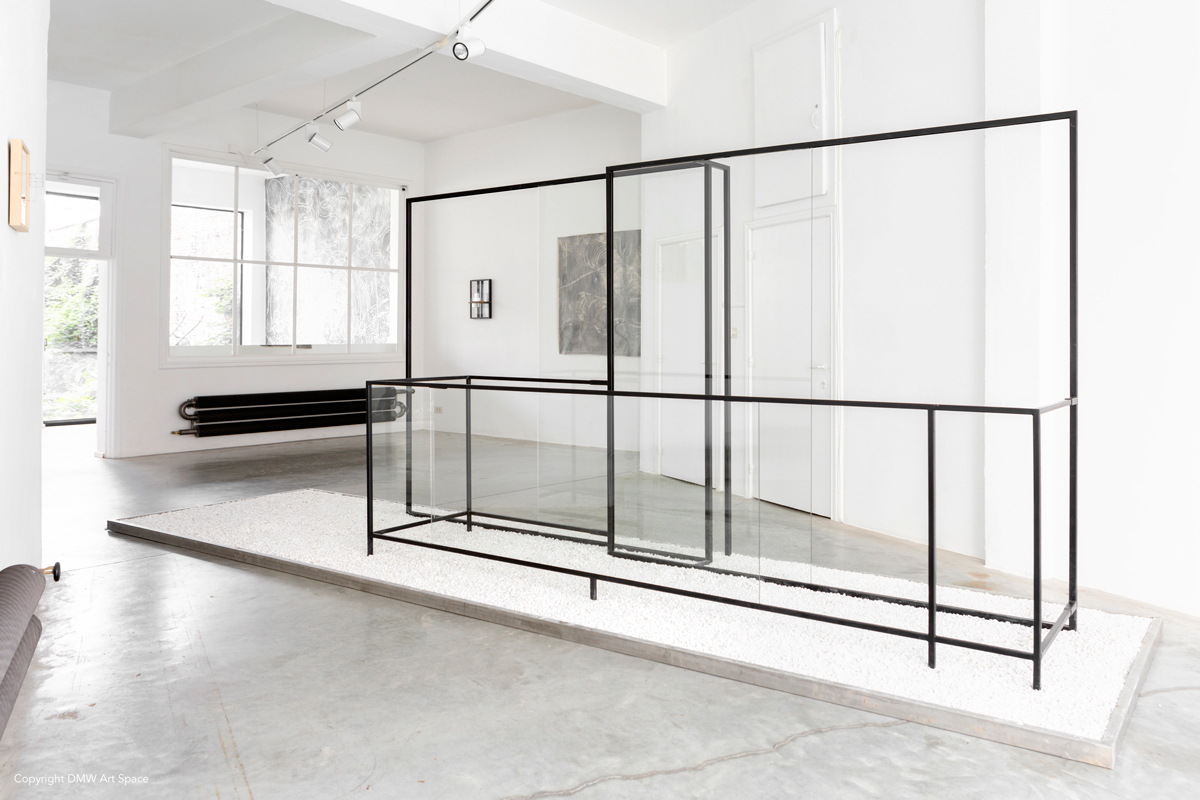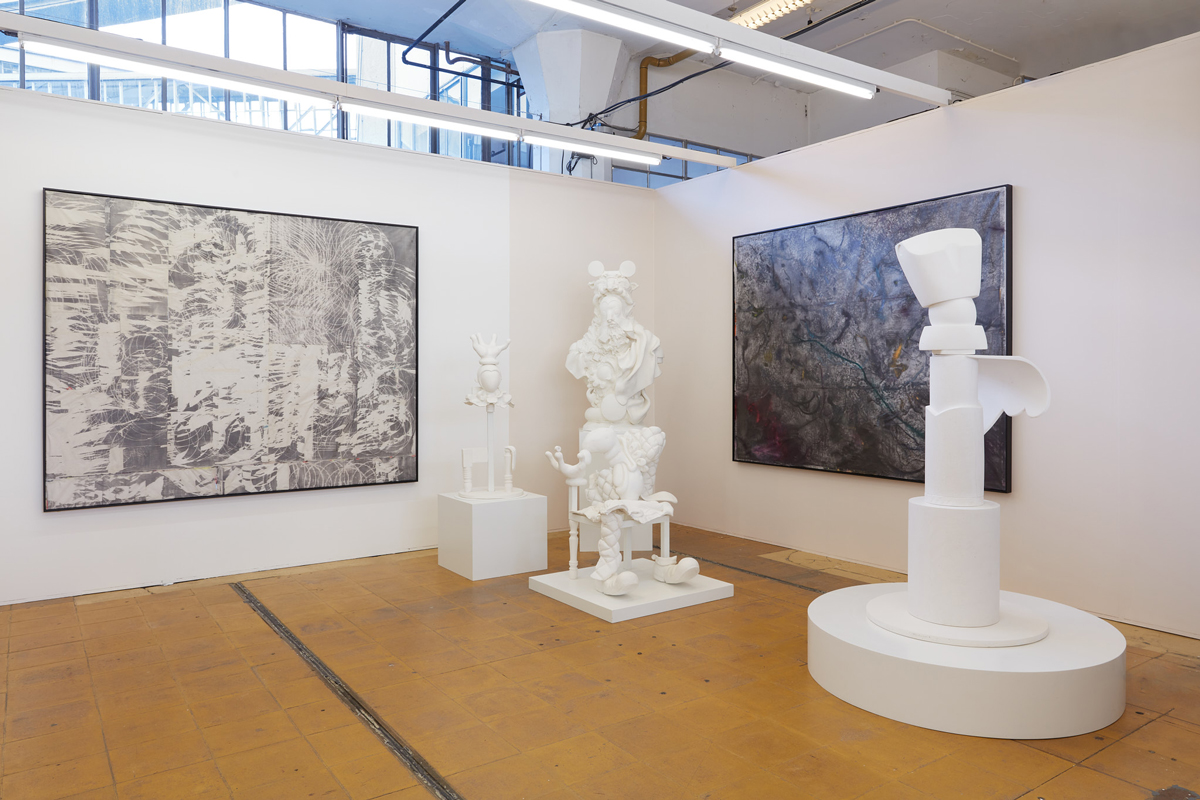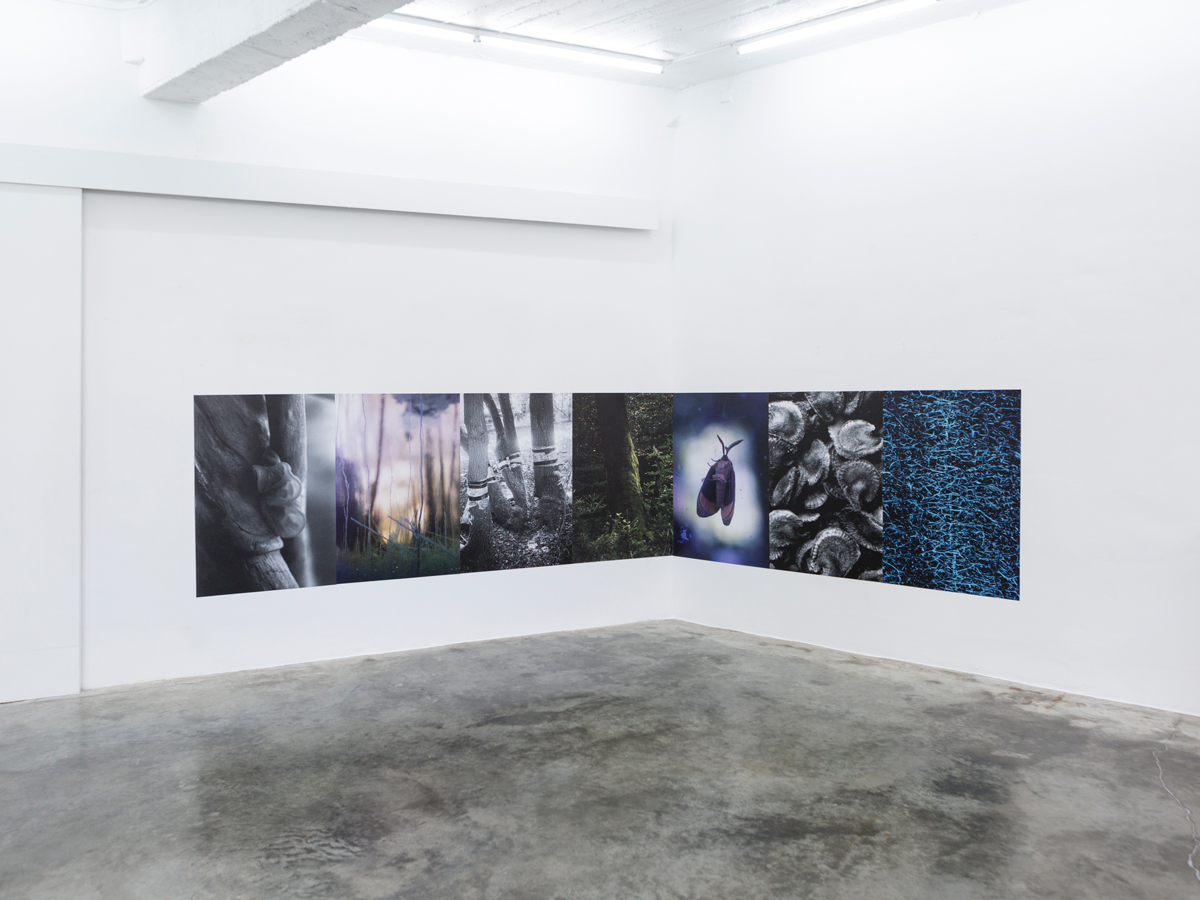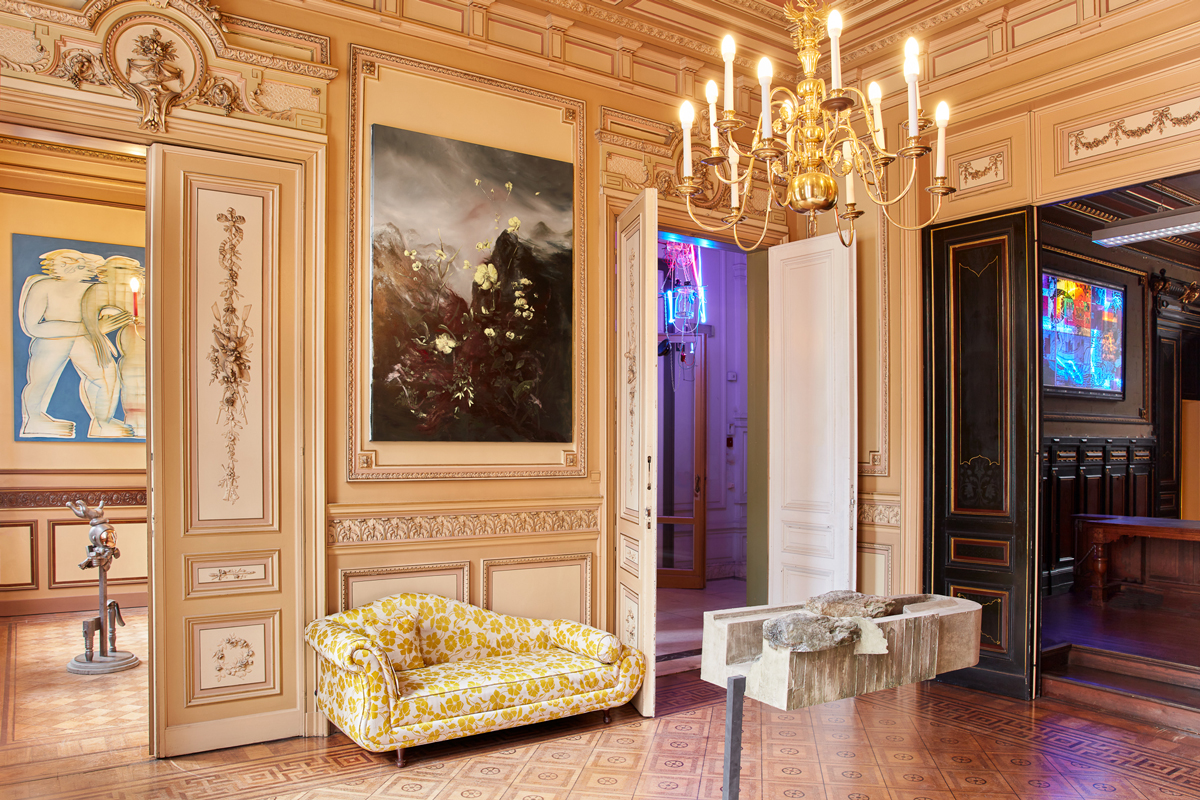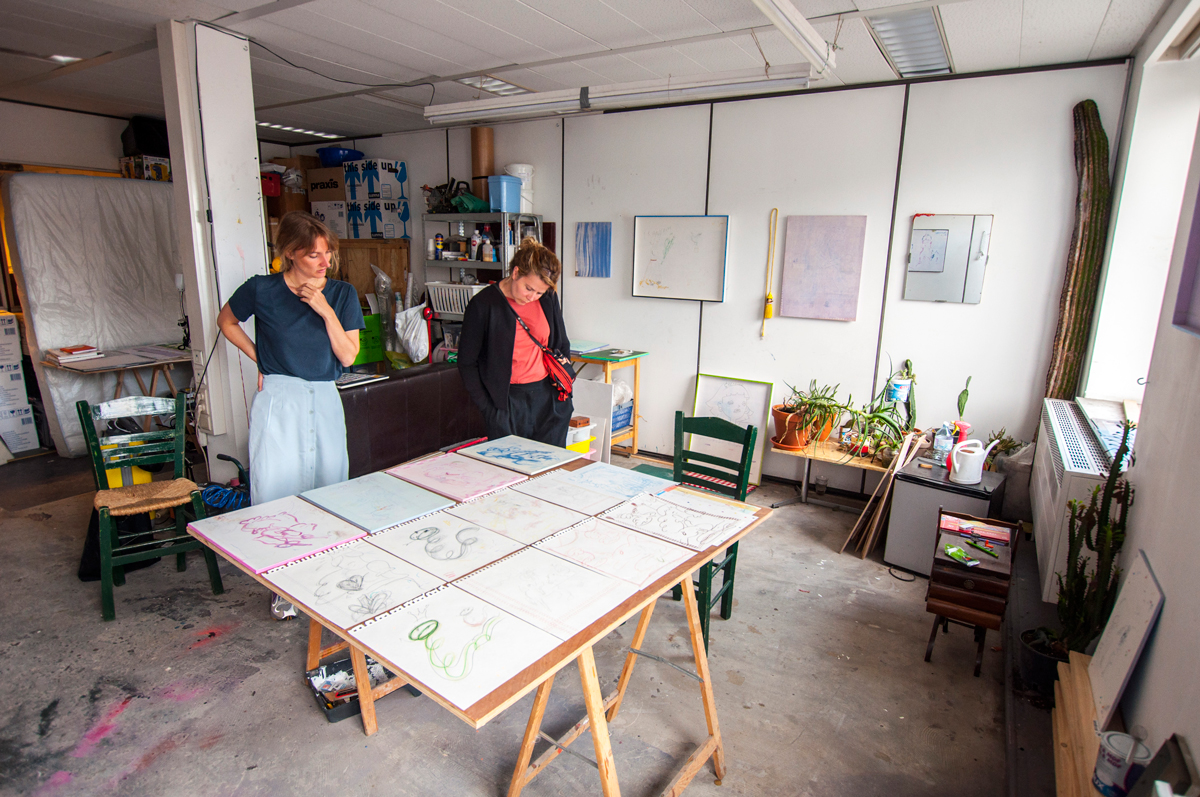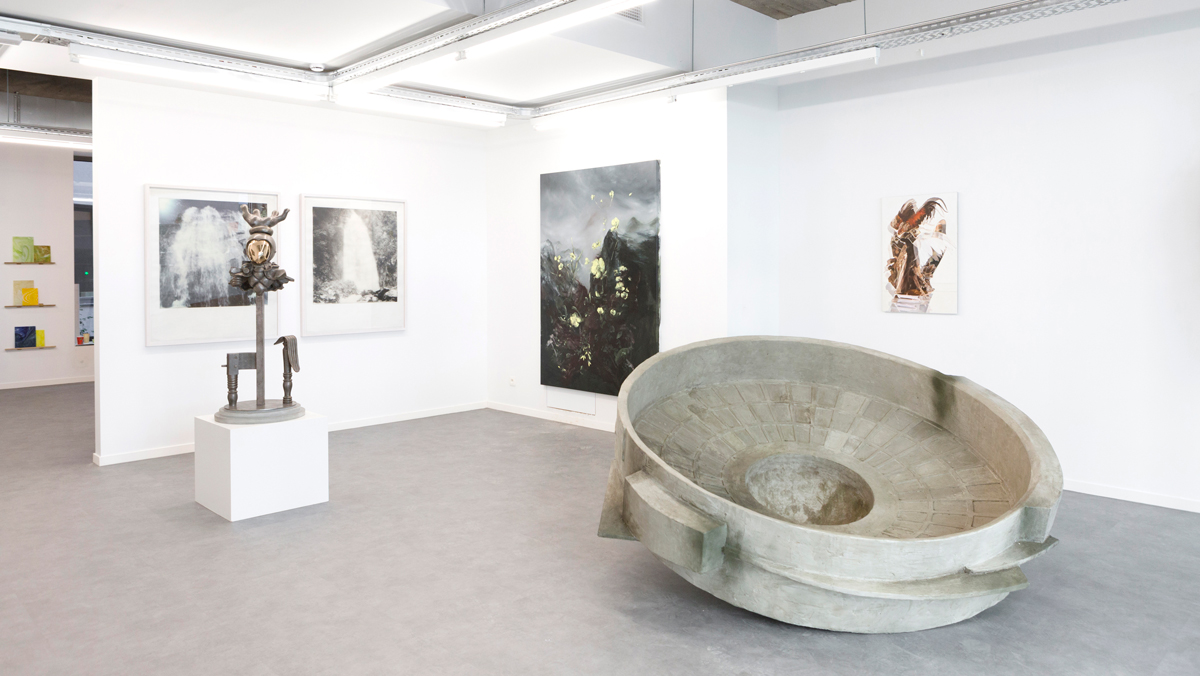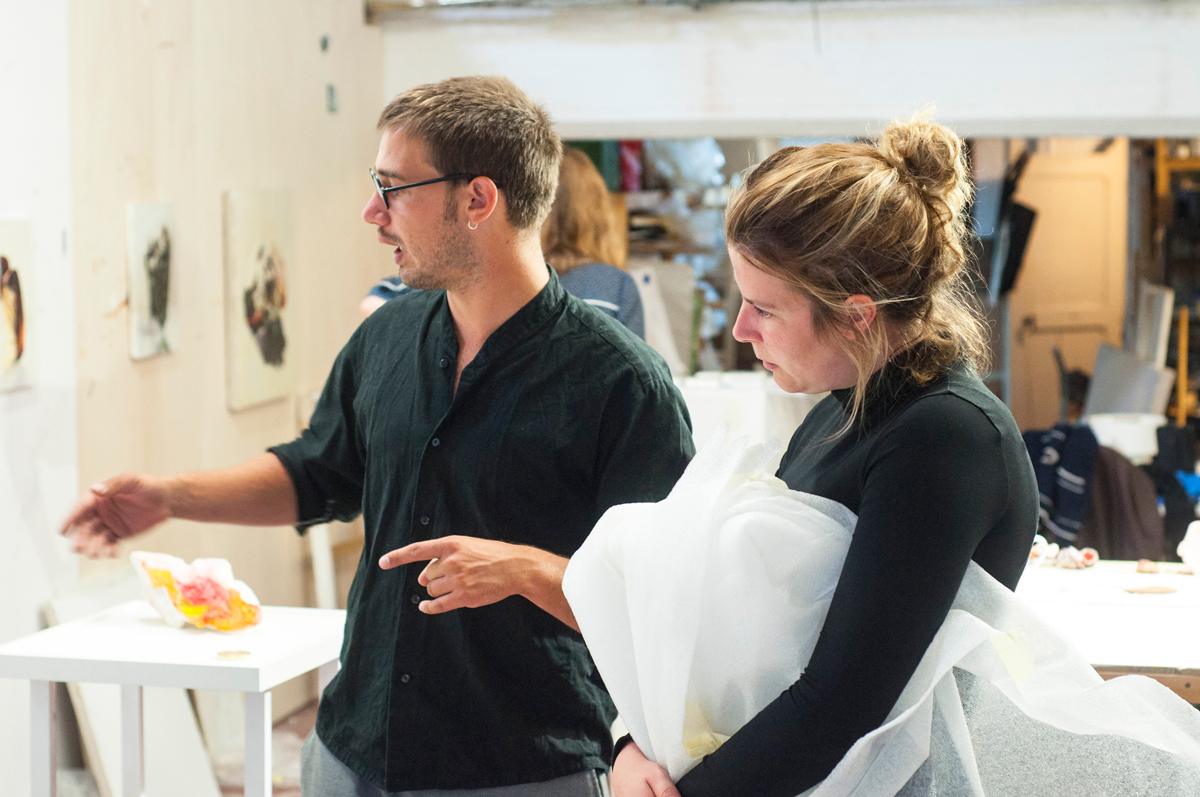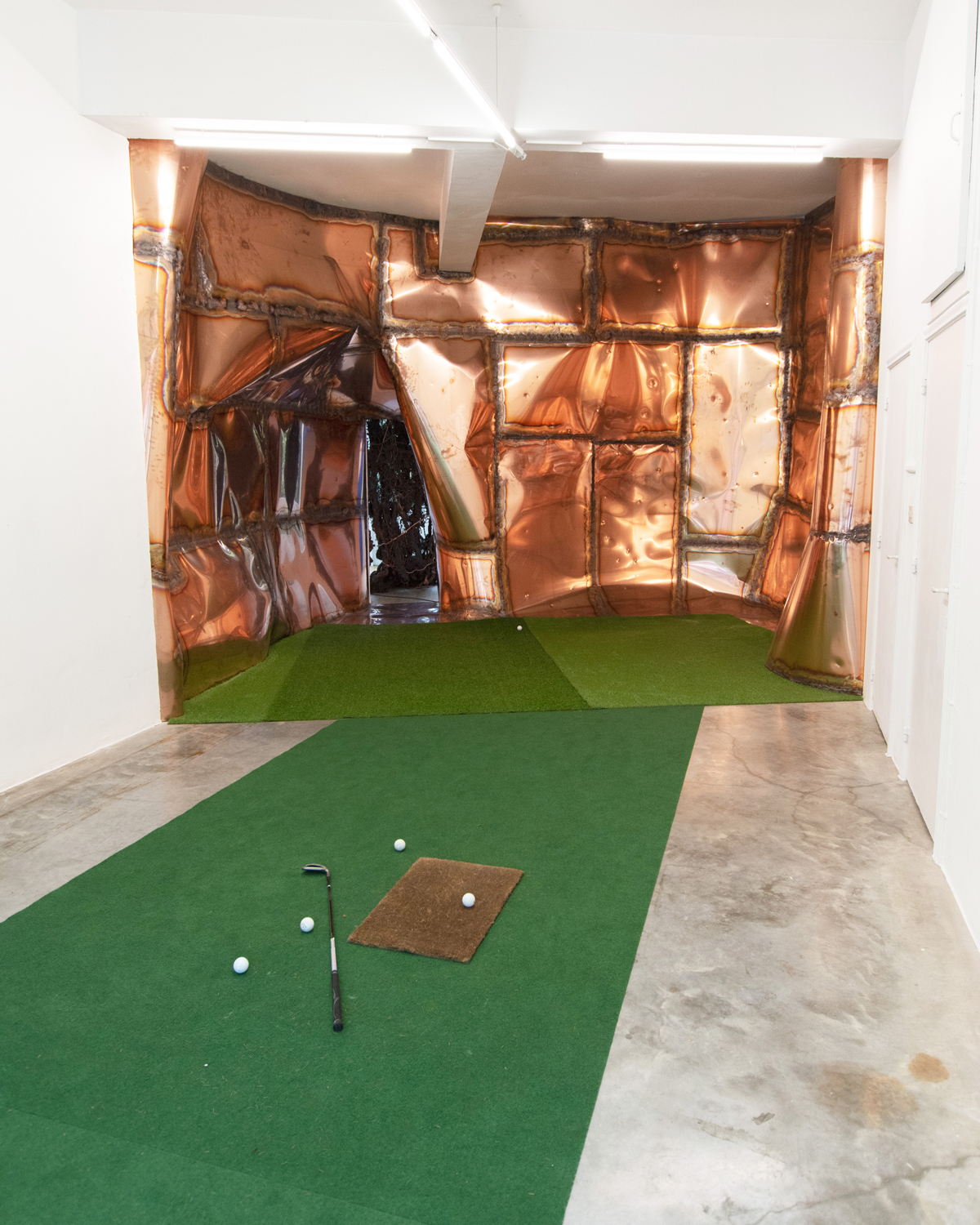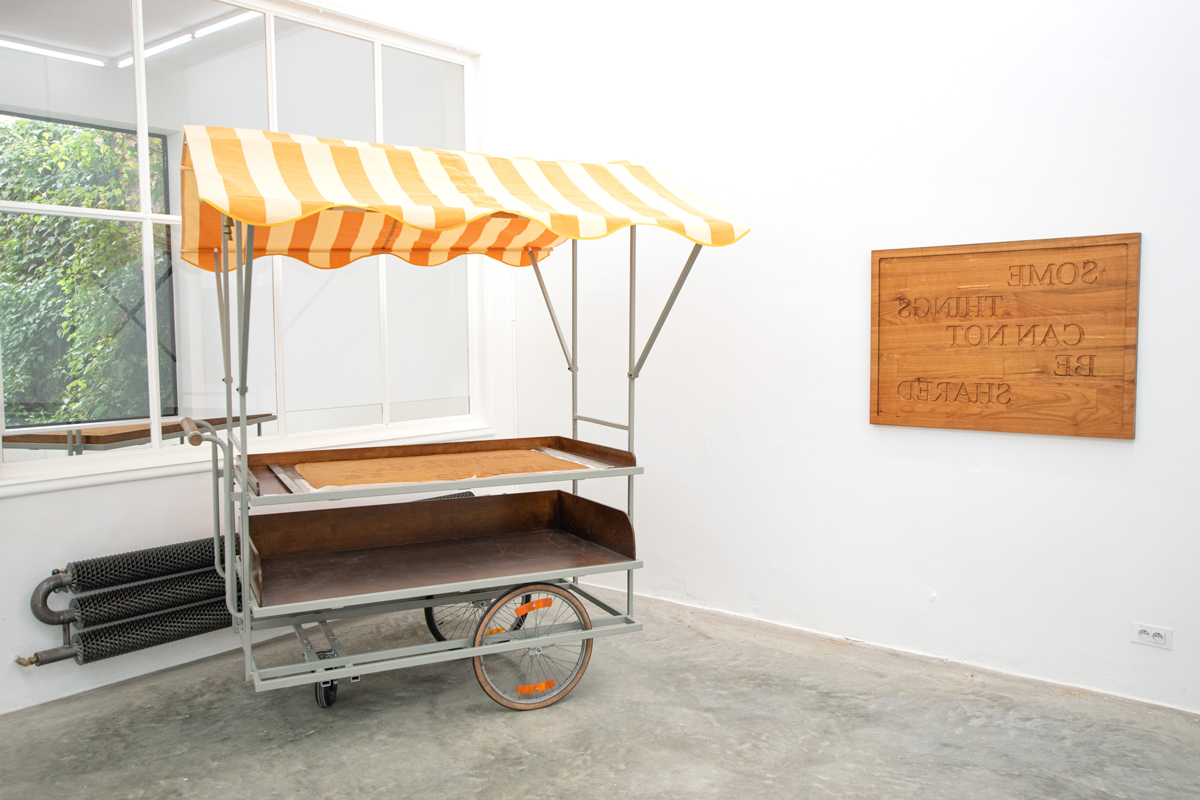01 december 2021, Oscar van Gelderen
The gallery of... Ida Wollens
We’re you exposed to art while growing up?
Several family members introduced me to art. My grandmother – who lived in Antwerp in the famous Fierens blocks – gave me the choice every time I stayed overnight to go to the Royal Museum of Fine Arts, but also the Plantin-Moretus Museum, Het Steen or simply the Antwerp Zoo. I liked all options equally and was happy with every proposal to visit a new place. When I didn't get along with my parents, I would sometimes go to the nearest bus stop to go to my grandmother's, for a new cultural trip.
In my family, my father collected graphic art. My great-grandfather was a great opera singer whom I may have never known myself, but the photos of his performances and the Bakelite gramophone records were always nearby. The stories my grandmother told about his performances were always great, as befits an opera singer.
How did you come into contact with the art world?
Because of my early fascination, which was stimulated when I was a child, I started studying art in secondary school. It was a school where I felt very close to the teachers, who could tell juicy stories about art in general, but also about their own art practice and experiences in particular. As a teenager I had a tendency to explore my limits as much as possible, but because the right teachers crossed my path at the right time, my hunger for art grew. That hunger led me to a Master's degree in Painting in Antwerp Sint-Lucas.
What was your first job in a gallery? Or did you immediately start a gallery yourself?
During my spell at Sint-Lucas, I worked as a gallery assistant at Mudima 3 and Pocketroom, in Antwerp. After my academic studies, I founded PARK together with a number of other artists, a collective that curated and organized nomadic exhibitions with our own works – and those of others. It was during that period that I noticed that I was more concerned with the work of others than with my own paintings. My experiences with PARK gave me the idea and the courage to open my own art space; the nomadic aspect of our exhibition collective was also becoming a bit too tiring for me, so a permanent home was a logical next step. During a stay of several months in Montreal, the idea matured into a concrete plan. The space for the art space was soon found upon return to Antwerp and the ideas followed each other in rapid succession.
The way our gallery operates – we invite artists to create challenging duo exhibitions – resulted in an organic network of artists with whom I wanted to collaborate more closely. After three years I wanted to do more than just organize exhibitions, I also wanted to accompany the trajectory of artists and represent promising artists.
How would you describe your gallery’s profile?
A dynamic gallery that is always looking for new challenges, driven by art and a personal connection with the artists. We offer artists lots of freedom and challenge them time and again to create unique exhibitions. I myself am quite restless and always busy with new ideas. That translates into a gallery that also wants to evolve and expand. For example, we – Bart Vanderbiessen from Base-Alpha Gallery, and I – have recently set up our own art fair – Ballroom Project –, we have started a new location together in Brussels, and there are also plans to organize events abroad.
What do you think is the best part of being a gallerist?
The best part is getting into the minds of the artists we work with. The process behind each exhibition is unique and organic, and starts from a relationship of trust and dialogue with the artist in question. For me it is always enriching to be part of the artist's train of thought. Through conversations, studio visits and finally building up the exhibition, I am slowly admitted to the artist's personal world. I think that's cool. It nourishes and enriches my child-like amazement.
Which national / international galleries do you feel an affinity with?
As mentioned above, nationally I often collaborate with Base-Alpha Gallery, located a stone's throw from our own space in Antwerp. A certain collegiality has developed into a close bond that is based on mutual respect for each other's commitment, vision and hard work. During the lockdown we were in each other's bubble and so projects such as our joint gallery in Brussels were created, and we have further developed other existing projects, such as our art fair. On an international level there are several galleries with which I feel a certain kinship with and with which we have collaborated, but we mainly try to develop our own path.
In an ideal world, which artist would you most like to represent?
That's a long list of names, one that spans the ages. Yet, I can't make a single choice. Good collaboration with artists also arises much more often on the basis of a personal bond than some ideal image. I like to work with people I feel good about. I couldn't work with everyone. There has to be mutual trust, and it doesn't just happen overnight.
What has changed in the art world since you took your first steps?
The commercial aspect of the art world has of course always been prominent, but it is striking to what extent this has started to overshadow the artistic aspect in recent years. Galleries that attach a shopping cart to their posts on Instagram, prices that are communicated openly as widely as possible… On the other hand, you notice that buying and collecting art is becoming less exclusive, which in turn is very positive. Both evolutions may be different sides of the same coin, but it is something we try to deal with very consciously.
What / whose work do you collect yourself?
Yes, I bought my first work at a fairly young age and now own about two hundred works, by Nel Aerts, Kati Heck, Walter Swennen, Dennis Tyfus, Werner Mannaers, Rinus Van den Velde, Nadia Naveau, and of course several works by our regular artists. The collection is bigger than I thought. When I recently cleared out the stock room, I rediscovered a lot of my past purchases, which I had honestly forgotten about for a while. I don't hang everything up, and I like to have it quiet at home. I already have a number of names in my head that make me dream. Sooner or later there will be a new work at home. To my husband, this may seem like an impulsive purchase, but it is actually the result of a well-considered choice. What I still regret is that I did not buy a work by Philippe Vandenberge when he had his show in Pocketroom. As a student it was hard to makes ends meet at times. While he had his exhibition I was saving for a long trip, so there was no money. I never buy an artwork with the idea that it might be a good investment. That would take all the fun away for me!
Has the pandemic changed the way you see the artworld?
Like other galleries, we started doing more online during the lockdown. The digital evolution has thus gained a new momentum that will not be reversed anytime soon. Yet, we notice that because of the pandemic there is also greater enthusiasm for in-person events and unique experiences, both with ourselves and with our artists and our visitors. This translates into exhibitions where the interactive and performance element more often takes the lead – be it hitting golf balls against a large copper installation or an exhibition built around spinning tops, such as in the exhibition that is now on in our Antwerp space.

